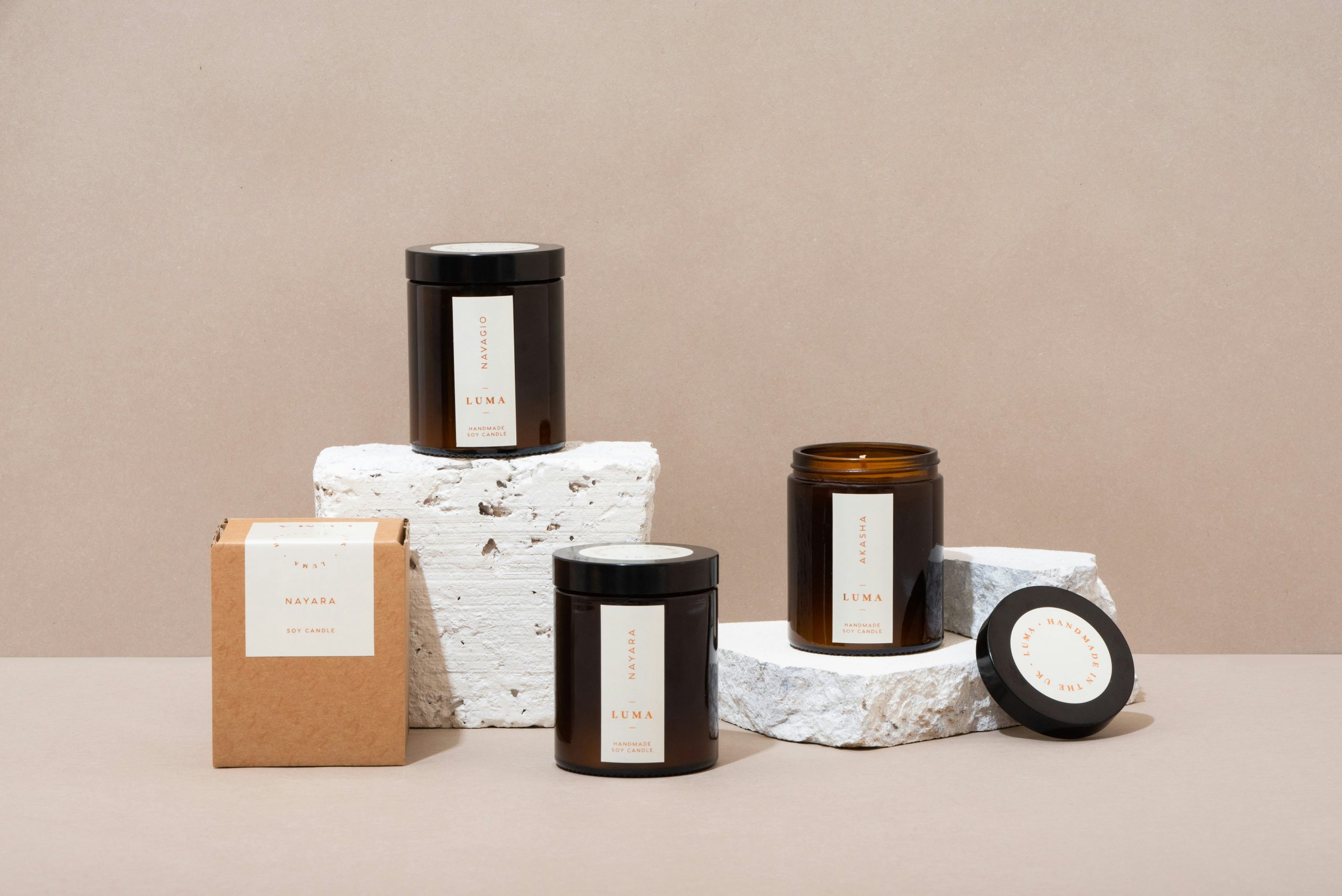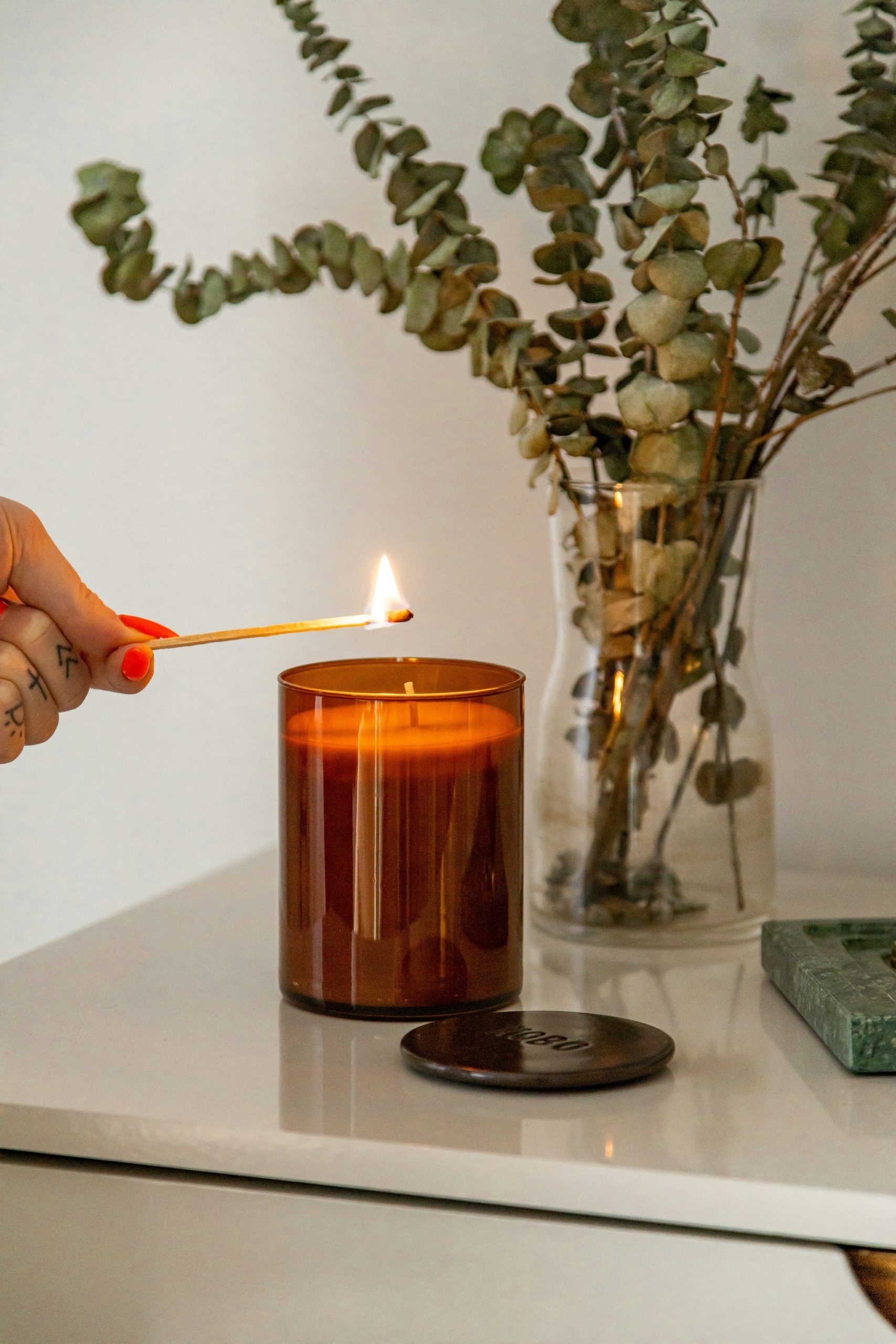
There’s nothing like lighting your favorite candle after a long day, whether it’s the comforting warmth of vanilla or the crisp, spa-like notes of eucalyptus. Candles have become a staple in self-care routines, home decor, and even wellness practices. But what if that soothing scent is doing more harm than good?
In recent years, the conversation around “clean” products has extended far beyond food and skincare into the world of home fragrance. The term “clean scent” now appears on more and more candle labels, but what does it actually mean? And more importantly, can candles actually be harmful to your health? It turns out the answer is yes—and no. Let’s break it down.
What’s Actually in Your Favorite Candle?
The average scented candle might seem simple: wax, fragrance, and a wick. But behind those cozy flickers often lies a cocktail of chemicals, many of which don’t appear on the label.
The base of most conventional candles is paraffin wax, a byproduct of petroleum. When burned, paraffin can release potentially harmful compounds like toluene and benzene, both linked to respiratory issues and even cancer in high enough doses. While the science is still debated and largely hinges on the level of exposure, it’s enough to make health-conscious consumers raise an eyebrow.
Then there are the fragrances themselves. The word “fragrance” on a label might sound harmless, but it’s often a legally protected trade secret that can hide dozens (even hundreds) of undisclosed ingredients. Some of these include phthalates, which have been associated with hormone disruption and developmental problems. Add in synthetic dyes and questionable wick materials (like those containing lead in the past), and you’ve got a pretty murky mix.
What Does “Clean Scent” Really Mean?
As consumers have become more aware of potential toxins, the clean beauty and wellness movement has responded by offering safer alternatives. In the candle world, this has taken shape through “clean scents,” a marketing term that implies fewer synthetic chemicals and more natural or non-toxic ingredients.
But here’s the problem: “clean” isn’t a regulated term. Brands can slap it on labels without meeting any standardized criteria. One company’s idea of clean could still include synthetic fragrance oils or petroleum-based wax. Another might go further, using essential oils and coconut or soy wax, but still include undisclosed additives to stabilize the scent.
So, how do you know if a candle is truly clean? Look for transparency. Reputable brands will often share a full list of ingredients and explain their sourcing practices. Many also use certifications like “phthalate-free,” “paraffin-free,” or “non-toxic fragrance” to signal a higher standard of safety.
Health Impacts of Burning the Wrong Candle
Burning a heavily fragranced, synthetic candle every night might not cause an immediate issue. However, over time, poor indoor air quality can affect respiratory health, especially in children, pets, or people with asthma or allergies.
Even if you don’t have a sensitivity, you may still experience symptoms like headaches, dizziness, or irritated sinuses from prolonged exposure to certain fragrance compounds. Ironically, the very candles meant to create a calm, comforting atmosphere might be quietly contributing to fatigue, stress, or brain fog.
In poorly ventilated spaces, the risk increases. Unlike diffusers or room sprays, candles rely on combustion, which means they release particulate matter and volatile organic compounds (VOCs) into the air. That lovely citrus candle might be emitting more than just good vibes.

What to Look for in a Truly Clean Candle
Luckily, clean candles are no longer niche. A growing number of small and large brands are creating beautiful, safe alternatives that don’t sacrifice scent or style. When shopping for a cleaner candle, here are a few good signs:
Wax made from soy, coconut, beeswax, or a sustainable blend
Fragrances labeled as phthalate-free, essential oil-based, or toxin-free
Wicks made from cotton or wood (never metal cores)
No artificial dyes or colorants
Transparent ingredient lists and ethical sourcing practices
Some companies even go the extra mile by offering refillable candle jars, plastic-free packaging, and carbon-neutral shipping, making your candle habit better for your health and the planet.
Alternatives to Candles for a Healthier Home
If you’re feeling wary of candles altogether, there are other ways to scent your space without compromising air quality. Essential oil diffusers offer a flame-free option and can be used intermittently to avoid oversaturation. Simmer pots made from herbs, citrus peels, and spices on the stovetop can also fill your home with comforting, natural aromas.
Open windows when weather permits, keep indoor plants to naturally purify the air, and be mindful of how many fragranced products you’re using at once. Sometimes, the best scent is simply a clean, fresh room—no candle required.
Why This Conversation Matters
The candle trend isn’t going anywhere. In fact, the global scented candle market continues to grow every year, driven by our love of cozy spaces, self-care rituals, and aesthetically pleasing home goods. But as the demand rises, so does the responsibility to choose better for ourselves and for those we share our homes with.
Understanding what’s inside your favorite candle is a small but meaningful act of self-care. It’s not about fear or throwing out every candle you own. It’s about making intentional choices, one scent at a time.
What About You?
Have you ever noticed headaches or fatigue after burning certain candles? Do you read ingredient labels before buying, or is scent the only thing that matters to you?
Read More:
3 Reasons Investing In Your Health Is More Important Than Ever
Green Cleaning: 10 Natural Cleaning Solutions That Save Money
Riley Jones is an Arizona native with over nine years of writing experience. From personal finance to travel to digital marketing to pop culture, she’s written about everything under the sun. When she’s not writing, she’s spending her time outside, reading, or cuddling with her two corgis.
Comments